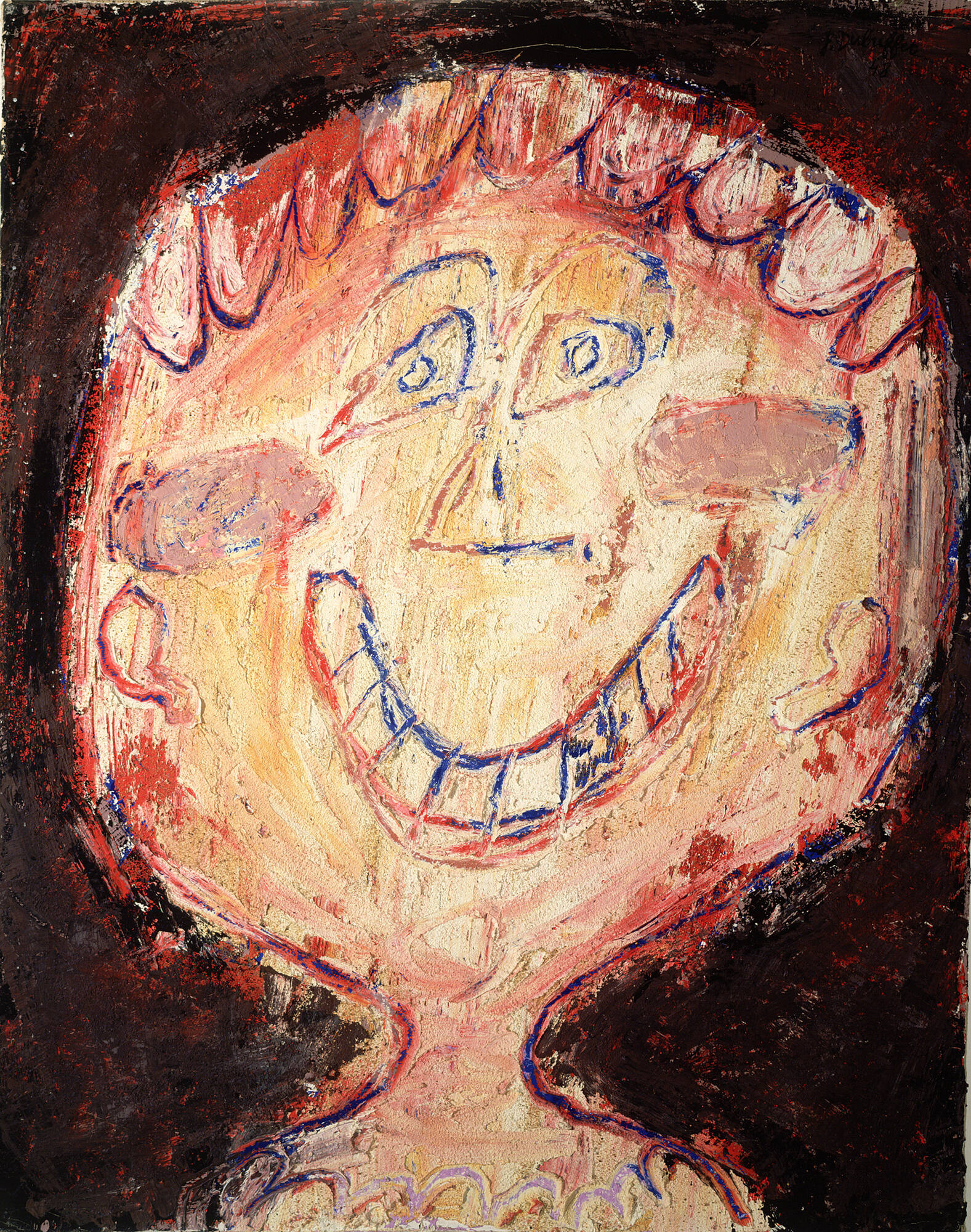
Object Details
Artist
Jean Dubuffet
Date
1948
Medium
Oil and sand on canvas
Dimensions
36 x 28 1/2 inches (91.4 x 72.4 cm)
Credit Line
Gift of David M. Solinger, Class of 1926
Object
Number
55.030
After training for seven years as a painter, Dubuffet gave up art and worked for twenty-two years as(…)
After training for seven years as a painter, Dubuffet gave up art and worked for twenty-two years as a wine merchant. He believed that the fine art he saw around him paled in comparison with the humble activities of the average person. He resumed painting in 1942, by which time European cultural traditions had become so discredited by the upheaval and atrocities of World War II that he was drawn to forms created outside the tradition of fine art, particularly urban graffiti, tribal art, and the creations of children and the insane. Dubuffet wrote, “In my paintings, I wish to recover the vision of an average and ordinary man without using techniques beyond the grasp of an ordinary man.” Dubuffet created clotted surfaces by mixing oil paint with grit and urban detritus. By subverting the viewer’s expectations of beauty and by elevating the mundane, Dubuffet called into question many of the assumptions on which art had traditionally been based.
“La Bouche en Croissant” is such a painting. Not “beautiful” in the expected way, the painting confronts the viewer with a new manner of portraiture, simplified and direct. In both the application of the paint and the addition of sand in that paint, “La Bouche en Croissant” literally enters the viewer’s space to be encountered and interacted with.
From “A Handbook of the Collection: Herbert F. Johnson Museum of Art” (1998)












